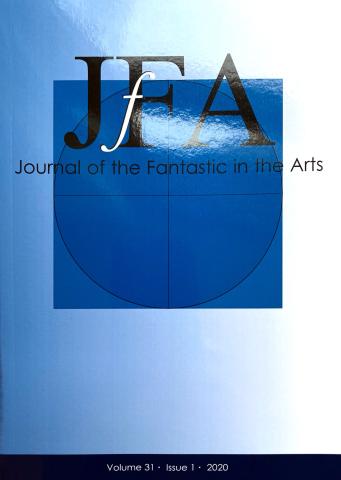German Studies scholar Claudia Schwabe advances two related arguments in Craving Supernatural Creatures: German Fairy-Tale Figures in American Pop Culture. The first of these is introduced in Schwabe’s discussion of the Monster High doll collection created by Garrett Sander in which the children of supernatural creatures are depicted as idiosyncratic but also compassionate, determined, and intelligent (1-2). Schwabe writes that the commercial popularity of these dolls and other contemporary depictions of the monstrous represent “a growing trend in North American popular culture that moves toward the celebration and exaltation of fantastic Otherness, the anthropomorphization of and identification with supernatural beings, and the rehabilitation of classic fairy-tale villains and monsters” (4). Her second argument situates this attraction to fantastical alterity in a broader discussion of the ways social power is reflected in literature and media of the fantastic. In a response to folklorist Jack Zipes’ concern that modern adaptations of traditional fairy tales distort the sources from which they come, Schwabe counters that differences in the historical and contemporary portrayals of supernatural creatures reveal important information about changes in societal views of alterity in hegemonic culture (4). Together these arguments underpin a comparative exploration of fairy tale figures in German folklore and their postmodern American counterparts in which Schwabe links the two hypertextually and intertextually, illustrates the ways supernatural alterity is humanized in modern fairy tale adaptations, and concludes that this humanization constitutes “a cultural push to overcome stereotypical, adverse attitudes toward societal differences” (286).

Journal of the Fantastic in the Arts
MacCath-Moran, Ceallaigh. “Review of Craving Supernatural Creatures: German Fairy-Tale Figures in American Pop Culture by Claudia Schwabe.” Journal of the Fantastic in the Arts 31, no. 1 (2020): 136–139.